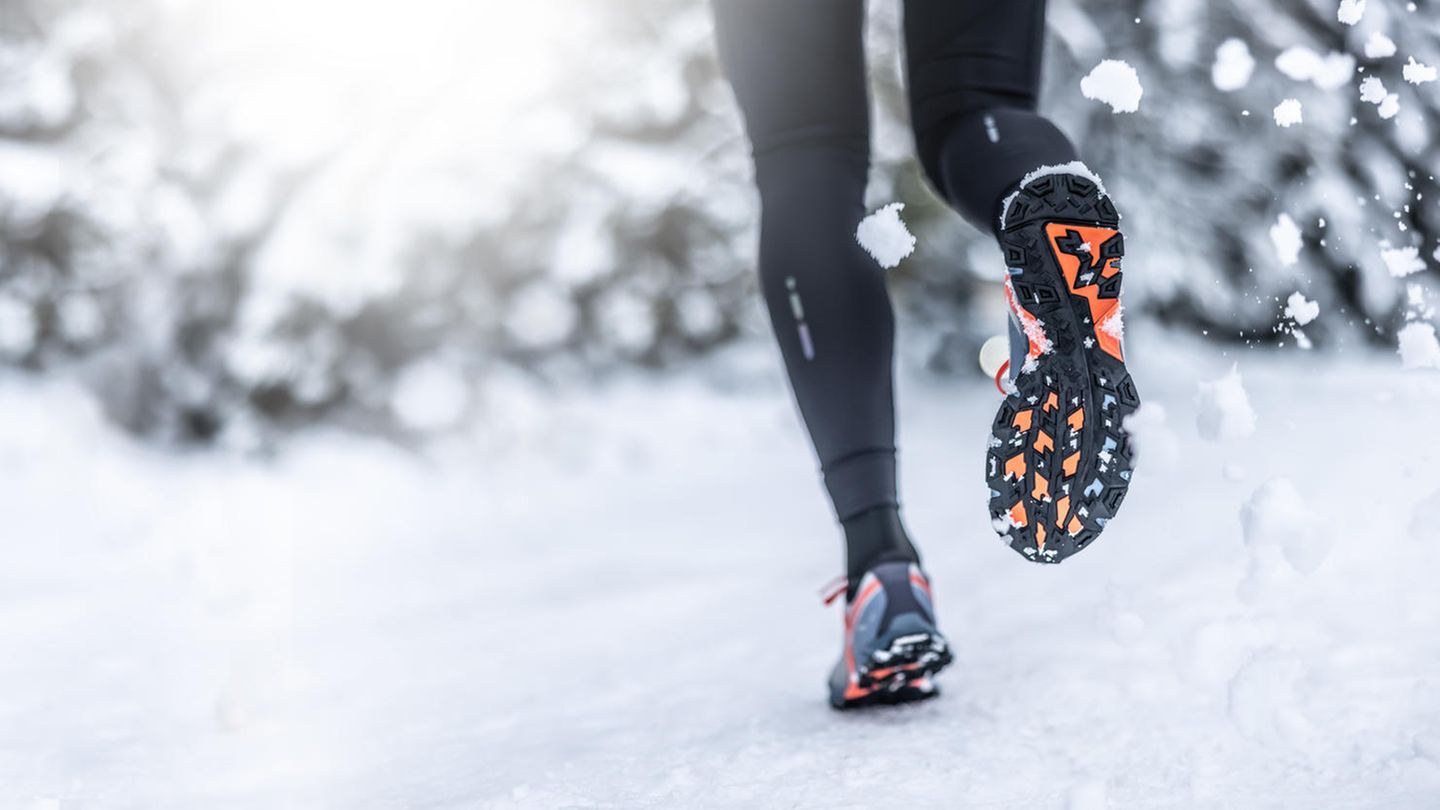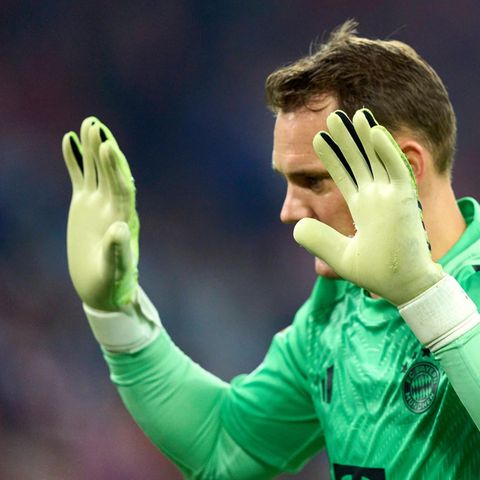Cool running
Not quite close? What running shoes have to do for the winter
A runner’s cold, wet feet are a good mood killer in ice and snow. Running shoes for the winter are a must! Or not? The star has approached this question.
Anyone who wants to lace up their running shoes regularly in winter should not be put off by this trilogy of sadness. Instead of sweating yourself into delirium on the treadmill in hopelessly overcrowded gyms, adequate footwear, running clothing appropriate for the weather and a practical LED headlamp are enough to work on your beach body for the coming summer without worry and without using your elbows. Or to pack in the first important kilometers for the marathon in spring or summer.
Functional clothes protect against cold and moisture, preferably based on the popular onion skin principle. But what about shoes? Do you need special running shoes for winter? And if so, what should you pay attention to when buying slippers for the cold season? The star gives an overview.
Do you need special running shoes for winter?
Clear answer: yes.
Of course, your body shouldn’t cool down during running training in winter. Running shoes made of thin mesh material actually hardly protect runners’ feet from the cold in winter temperatures. It’s not their job either. The majority of body heat is lost through the head and upper body. Running hats and functional underwear on top are therefore much more important as protection against the cold. And as long as the shoes stay dry, only really cold cats get cold feet when running. Conclusion: Nice winter weather runners and those who prefer to run on paved paths do not need special running shoes for the winter.
Things get more exciting when running in the rain, snow or slush. Because it’s hard to avoid running shoes getting wet. Classic models made of light mesh upper material have no chance against the water from above and below. Snow also penetrates through the fibers into the inside of the shoes within minutes. As a result, the socks get wet. This is exactly what even experienced runners want to avoid at all costs.
For two reasons:
- Wet socks act like sandpaper between the shoe and bare skin. Creases inevitably form in the socks, which can lead to unpleasant blisters, especially on longer runs.
- The moisture penetrates through the upper material and the socks to the skin. When temperatures are around freezing point, your feet cool down.
Do winter running shoes prevent cold feet?
First of all, running shoes for the winter prevent wet socks. In the vast majority of cases, this means that your feet stay dry and sufficiently warm. Only runners who are naturally sensitive to cold could still get cold feet. Appropriate socks can help here, for example with fibers made of merino wool (e.g. from ). In order to make running shoes winter and weatherproof, sports shoe manufacturers are replacing the popular mesh with a Goretex membrane, as is known from the clothing industry. A small digression: Goretex membranes consist of more than a billion pores per square centimeter of material. Because even a drop of water is many times larger, it bounces off the robust upper material.
Smart: The membrane gives free rein to the water vapor molecules created in the shoe. The shoes are not breathable, but the material, which is permeable on one side, definitely prevents unpleasant sweaty feet. Sports slippers equipped with Goretex prevent the wearer from getting cold feet, at least indirectly. If you want to equip yourself with running shoes for the winter, you should pay attention to the Goretex lettering. Many manufacturers also include the abbreviation “GTX” in the model name of their waterproof and winter-proof running shoes. This is usually a sure sign.
Goretex is used in both road running shoes and off-road shoes, so-called trail running shoes. So if the house tour leads over hill and dale, you should choose models with a non-slip and profiled sole. For winter runs in the city, the GTX versions with moderately profiled soles are sufficient. In the first case, the selection for winter is a little more extensive.
The truth is that the Goretex properties come at the expense of comfort. Running shoes with a water-repellent membrane are often constructed to be somewhat more stable and therefore heavier than those with a mesh upper. Running shoes optimized with Goretex are also slightly less flexible and can appear tighter. This means that you may buy your winter running shoes a size larger than usual.
For very hard-working runners who want to train even when there is a blanket of snow or icy paths, so-called worthwhile. They are studded with small steel toes under the sole and are strapped around the shoes.
*This article contains so-called affiliate links to products in online shops. If a user clicks on it and buys something, the publisher receives a commission from the retailer, not the manufacturer. There is more information about this .
Source: Stern
I am Pierce Boyd, a driven and ambitious professional working in the news industry. I have been writing for 24 Hours Worlds for over five years, specializing in sports section coverage. During my tenure at the publication, I have built an impressive portfolio of articles that has earned me a reputation as an experienced journalist and content creator.




